


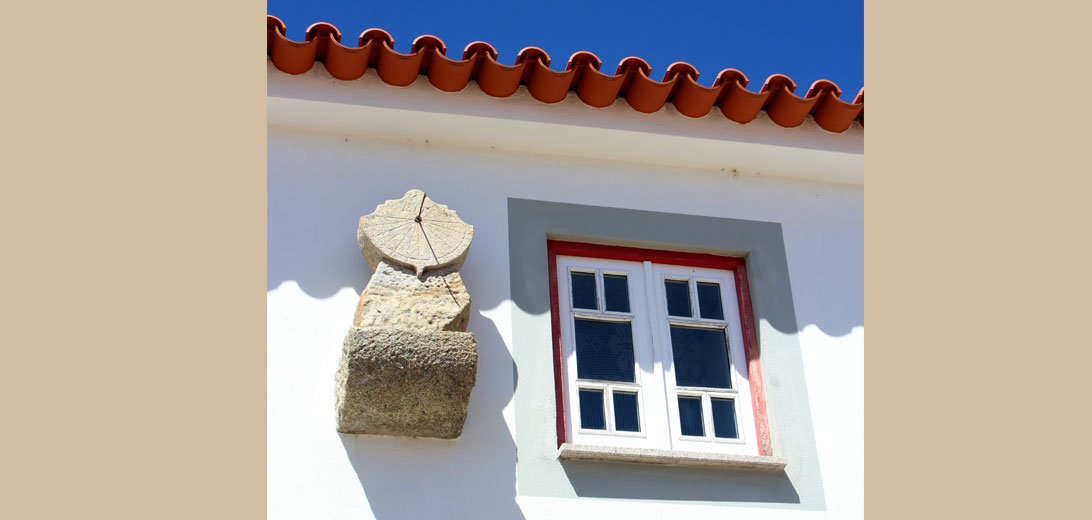
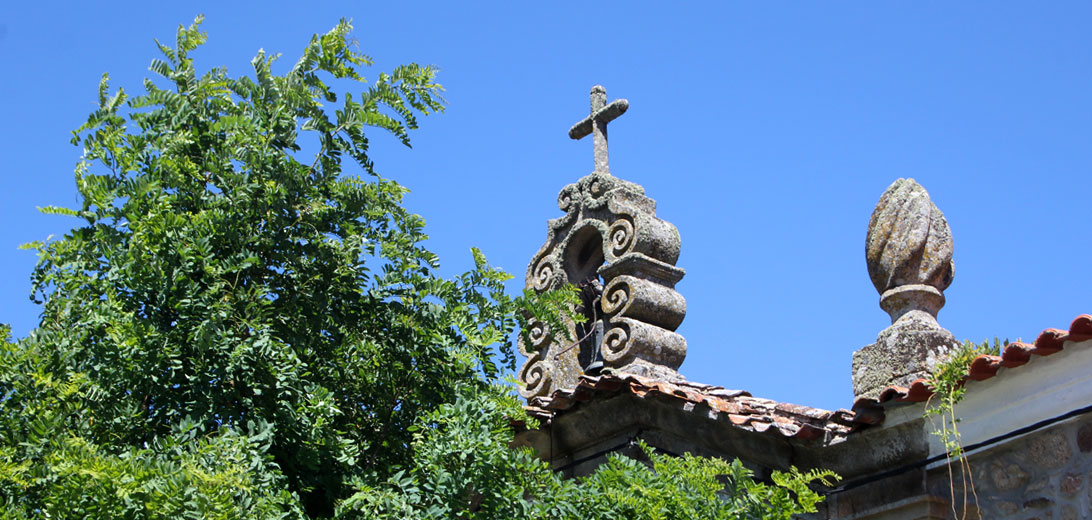
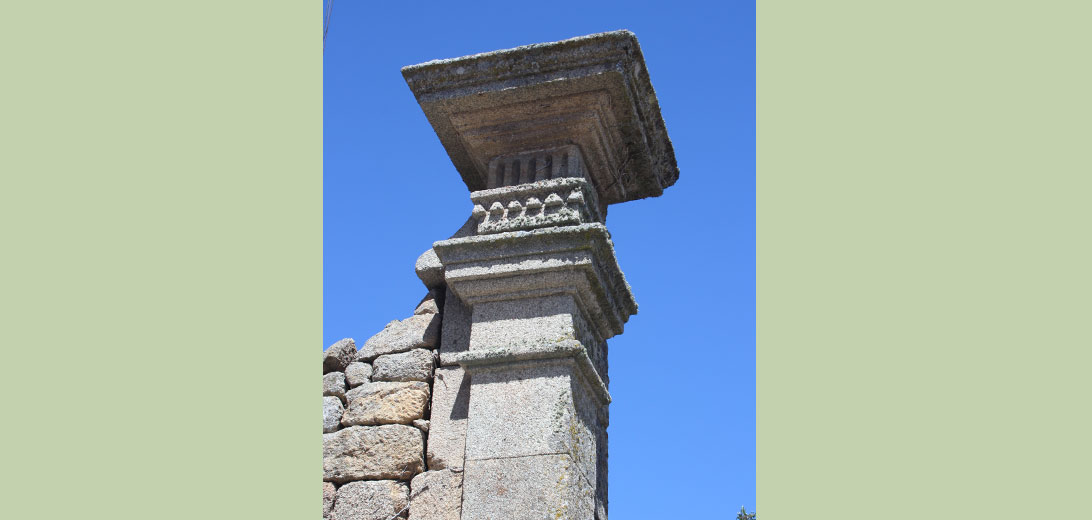

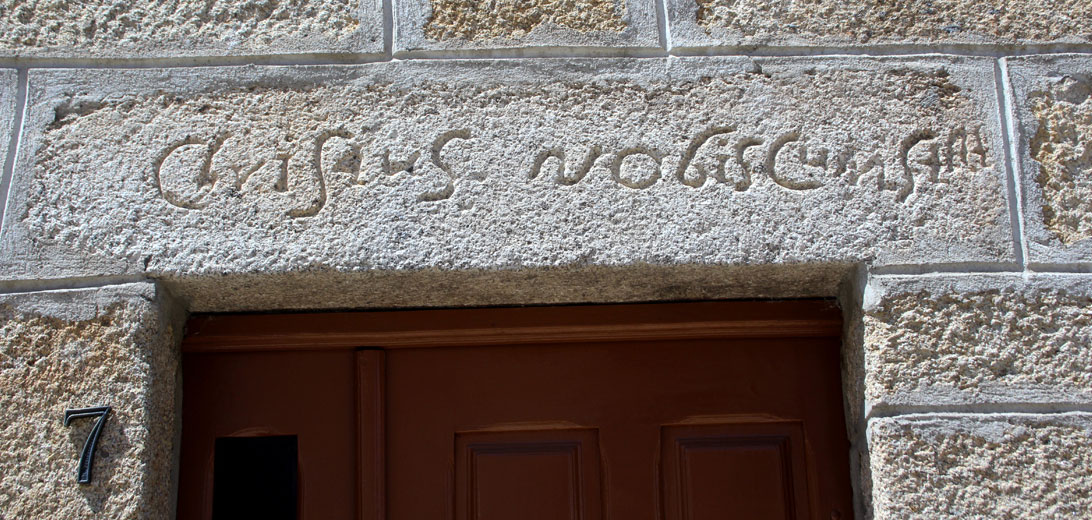
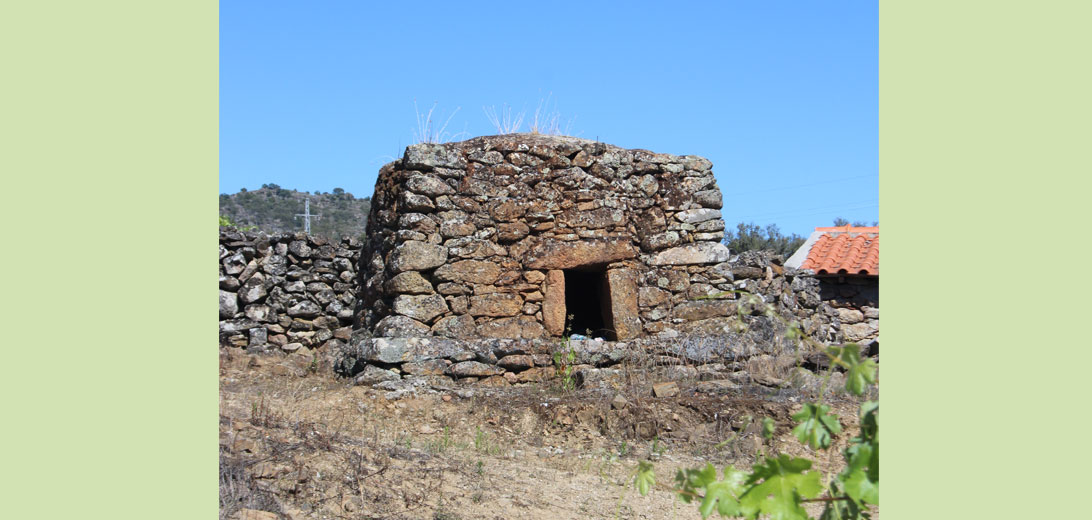
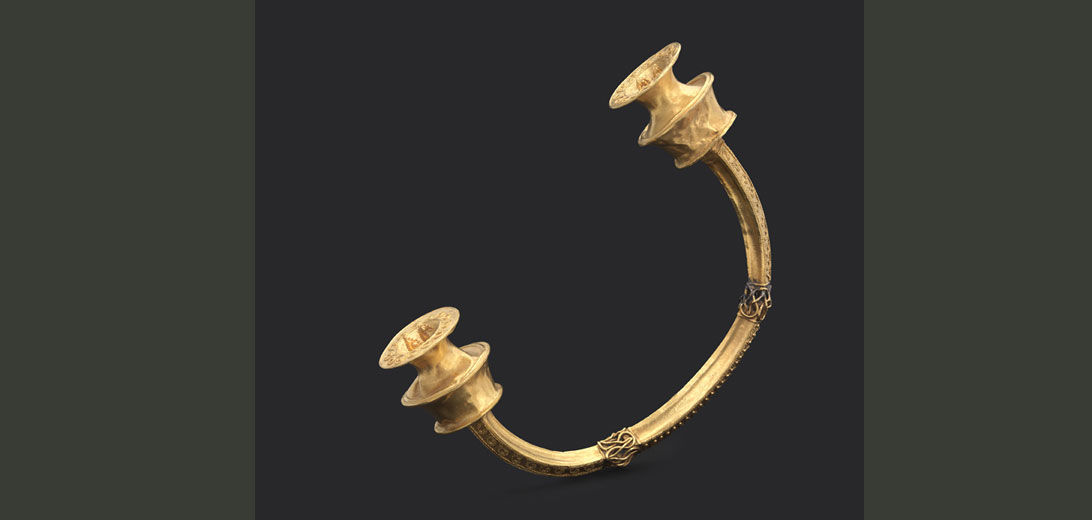
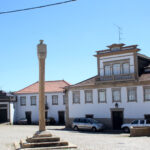
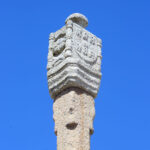
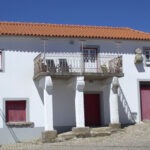
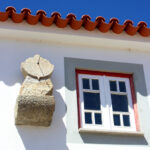 +6
+6

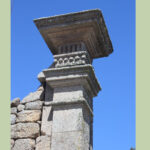

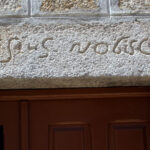
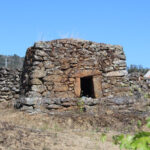
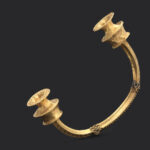
Vilas Boas
Historical Heritage
The antiquity of the foundation of this parish is also confirmed by archeology, which assures us of human settlement in the Upper Paleolithic, living in megalithic shelters, such as the Caverna do Sítio da Pala da Feiticeira, 2 meters high, where up to 15 can fit. people.
The Celts also knew how to work gold. Proof of this is the beautiful piece found in the Castro de Nossa Senhora da Assunção – the famous Torques de Vila Boas, from the 2nd. Iron Age. It is a necklace in solid gold, measuring 780 millimeters and 20 cm long. Discovered by a private individual, it belongs to the Museu Nacional de Arqueologia, classified as being of national interest.
With the Reorganization of the Administrative Division resulting from the Liberal reform of Mouzinho da Silveira in 1832, the Municipality of Vilas Boas was extinguished in 1836. From this golden period, it still preserves the Pelourinho, a symbol of judicial autonomy, topped by a capital with the national arms and the armillary sphere. It is classified as a property of public interest.
Of the artistic/religious heritage, the Parish Church dedicated to Santa Maria Madalena stands out, in Baroque style but with a Manueline frieze at the back of the sacristy.
Other “relics” that deserve to be mentioned are also part of the cultural heritage of this parish: chapels, houses with coats of arms, fountains and a cross. The solar clock, located in a building in Largo da Lamela, in a private house, is a tourist attraction.
